Exhibition uses interactive high-tech displays to immerse visitors in Niya site artifacts unearthed in Xinjiang, Zhang Kun reports.
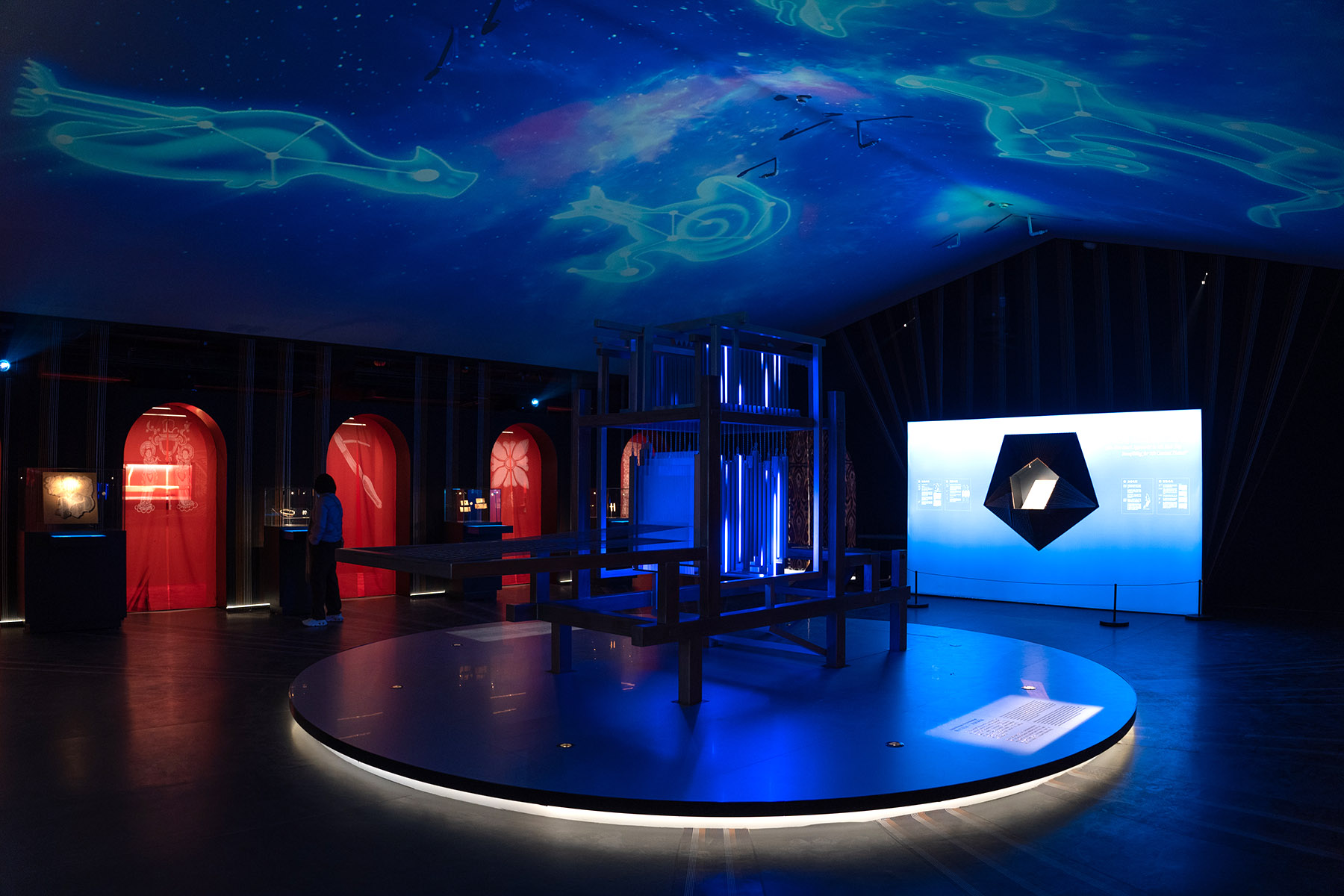
The first digital exhibition to spotlight the Niya ruins site in the country's Xinjiang Uygur autonomous region is open to the public at the Alight Room Lafayette Culture Space in Shanghai through July 25.
The Niya ruins are located in Minfeng county in the Hotan prefecture, about 115 kilometers north of the modern-day Niya town. Known locally as Jingjue in documents from the Western Jin Dynasty (265-316), Niya was once a thriving oasis in the southern Taklimakan Desert and a major commercial center on the southern branch of the Silk Road.
The archaeological site has drawn wide interest among historians, scientists and artists because of its legendary findings in the depths of the desert, historical mysteries and cultural heritage.
READ MORE: An immortal spectacle
The exhibition has been organized by the Xinjiang Museum and Shanghai Alight Digital Technology Co Ltd. Designed in seven sections that simulate a seven-day exploration of the site, it features more than 100 artifacts, as well as archaeological processes, enhanced with digital interpretations with the support of cutting-edge virtual reality and other interactive technologies.
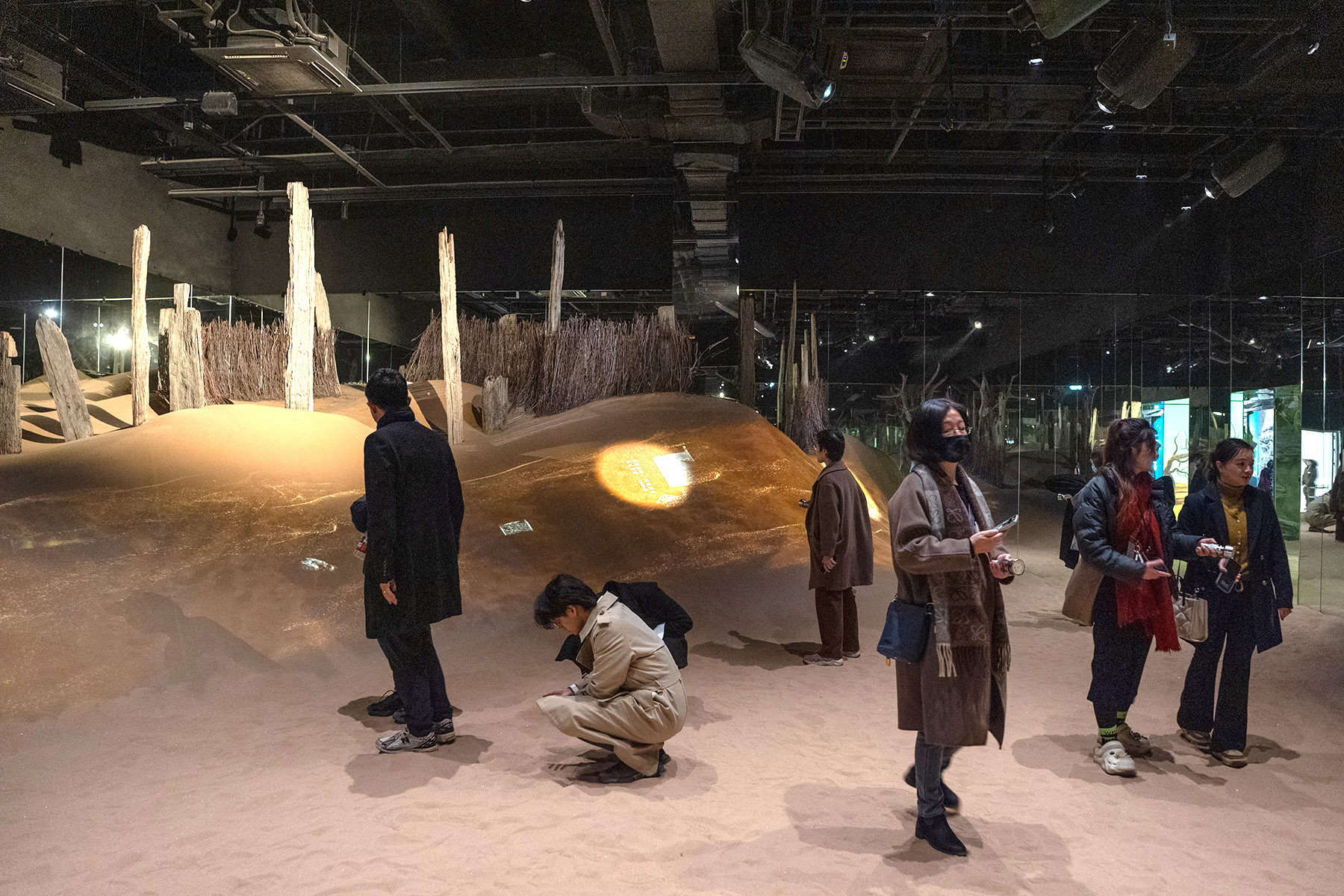
Among the highlighted exhibits is a replica of a brocade arm guard with eight Chinese characters "wu xing chu dong fang li zhong guo "that translate to "five stars from the east bring blessings to China". The original object, dating to the Han Dynasty (206 BC-AD 220), was unearthed during a joint expedition to Niya site by Chinese and Japanese archaeologists in the 1990s. It is recognized as one of the most important archaeological discoveries in China of the 20th century.
The writing on the brocade tells of an astrological phenomenon when five planets — Venus, Mars, Saturn, Mercury and Jupiter — appeared in a particular position in the sky. It was believed to be a good omen for the fight in "zhong guo", which at that time was a geographical concept referring to the central plains in the middle and lower reaches of the Yellow River.
Aside from the characters, the brocade features bright colors and a series of auspicious designs widely popular in ancient China, such as clouds, birds and beasts that ward off evil, as well as the sun and moon. The brocade was so beautifully made that archaeologists believe the piece represents the highest achievement of brocade-making during the Han Dynasty, according to Xinjiang Museum.
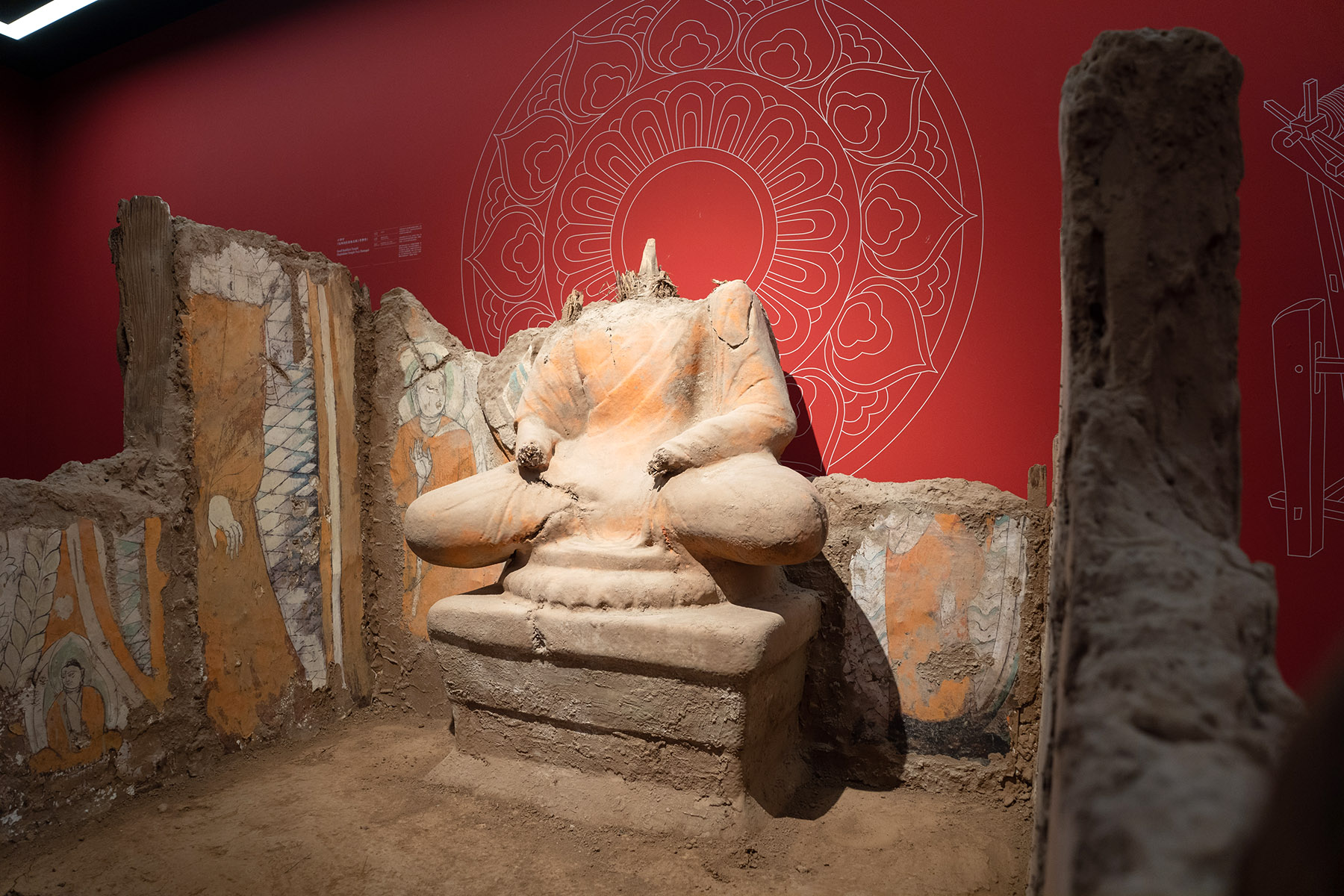
"We don't know if it was made in Niya, but the weaving technique was originally from the southwestern part of Sichuan province," says Fan Wei, the creative designer of the exhibition.
"We believe the brocade is evidence of the exchange between different ethnic groups from different parts of the country," he tells China Daily.
The fourth section of the exhibition is an interactive installation that invites visitors to try their hand at traditional weaving on a digitally rendered machine and re-create the making of the nationally treasured brocade.
Jingjue in Niya was one of 36 vanished states in the western region of ancient China. Important heritage and artifacts from the other states are also displayed in this section, reflecting the continuous exchange and communication between ancient peoples.
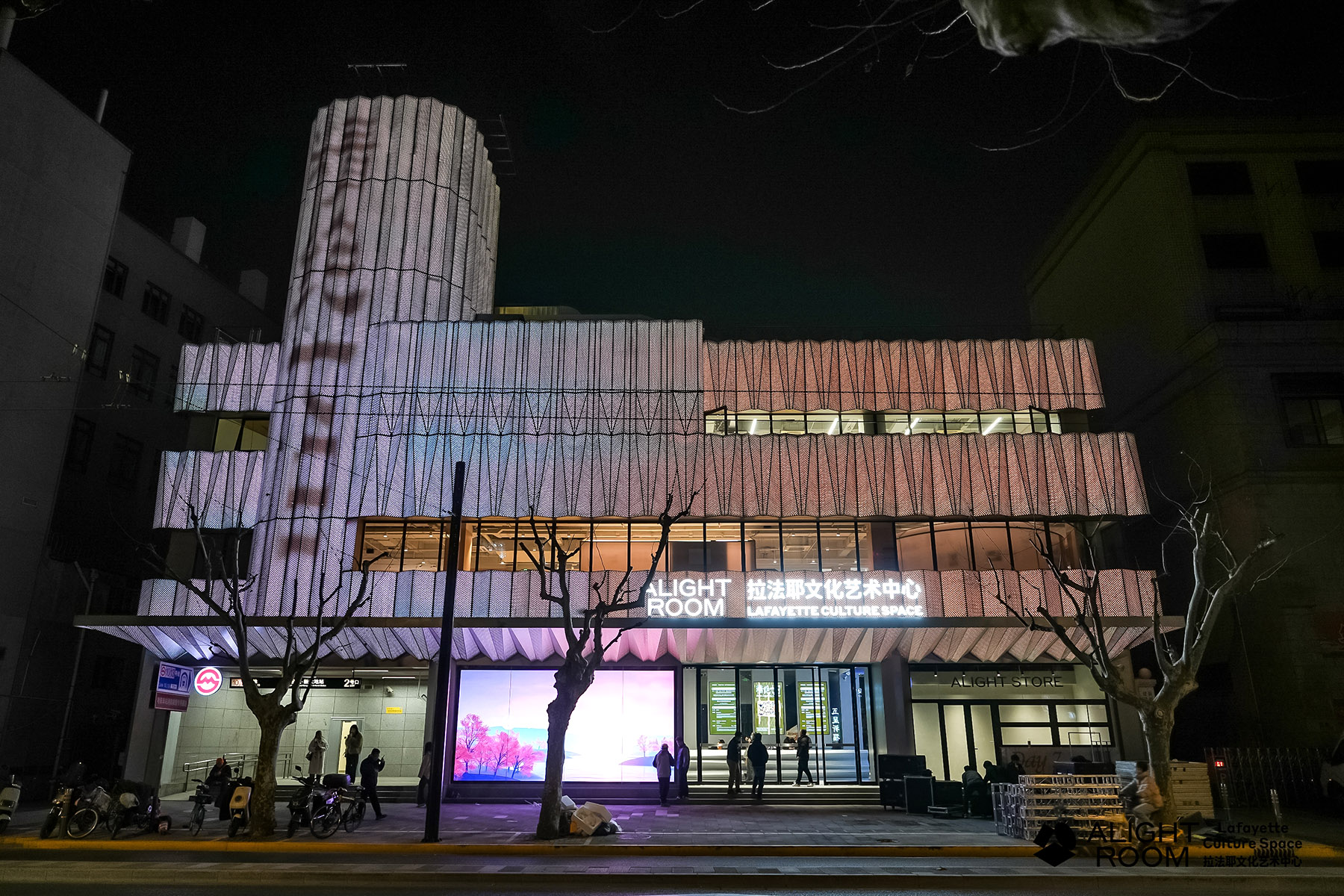
Visitors will see many artifacts from the Niya site and learn about the archaeological discovery of Jingjue, beginning with the expedition by British explorer Aurel Stein in 1901 to the contemporary exploration, restoration and research on the ancient state.
The sixth section consists of a 17-minute virtual reality experience jointly developed by Xinjiang Museum, Alight Digital and Backlight Studio, a French company that develops augmented, virtual and mixed reality.
"Thanks to the latest visual and interactive technologies, we have made bold, creative designs and managed to break the boundaries of traditional museum exhibitions to present a complete three-dimensional showcase of the Niya site," says He Jia, Party secretary of Xinjiang Museum.
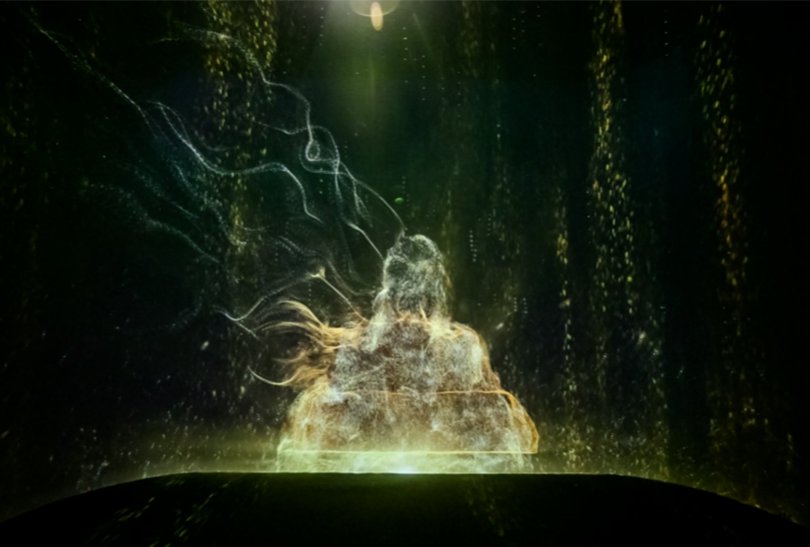
The cutting-edge VR and AR technologies enable visitors to walk through ancient Niya's bustling bazaar to see and touch objects and even smell the crackling bonfire around which people would start dancing.
ALSO READ: New theater season is set to be spectacular
Hosted by the publicity department of Shanghai's Huangpu district and Xinjiang Museum, the exhibition is latest example of cultural exchange between Shanghai and Xinjiang. According to Wang Yufeng, head of the Huangpu Party committee's publicity department, the exhibition will inject fresh vitality into the rich culture and still mysterious history of China's western regions.
During the exhibition, Jiushi Culture Co Ltd, co-organizer of the event, will launch a series of educational initiatives and introduce tailor-made merchandise, offering a window into the culture of Xinjiang in Shanghai.
Contact the writer at zhangkun@chinadaily.com.cn


